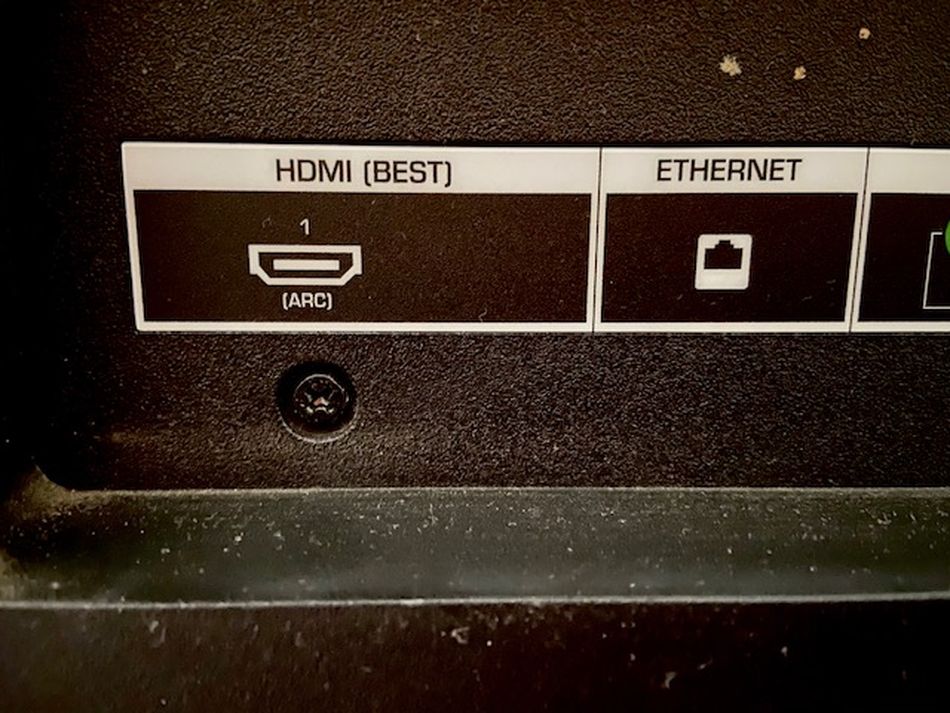There are a number of reasons why you might want or need to connect your laptop to an external monitor, including the need for a larger screen, sharing a presentation with a small group or even (gasp!) in the event that your laptop display stops working. Each of these scenarios can come with their own level of panic, but don’t worry, there is a way to connect and get that extra screen space.
In the always evolving world of tech components, the challenge may be in negotiating between ports and adapters to get you cruising on that second screen. Here’s a quick rundown of everything you need to know to make it work with an external display or even multiple monitors.
First, identify what kind of ports are on your hardware. In an increasingly wireless world, it is easy to disregard the anatomy of your equipment (ahem) but even the most wireless laptops still have an option to connect. Because ports like to be hidden, some monitors might have a helpful sign directing you where to find them:

Image: Ken Foster
The most common of ports may be an HDMI port, which look something like this:

Image: Ken Foster
This is the same type of connection that you use for your cable box, your Apple TV, Roku, or other streaming sets. Assuming there is an HDMI port on both the laptop and the monitor, this is a pretty simple task that is hard to screw up. Attach one end to the laptop computer and the other to the monitor. Ta-da! Turn everything on and the magic happens!
But you may find a DVI cable port if you are working with an older device. The DVI is a multi-pinned outlet with matching cable that looks (to me) a bit like an old TB tine test, with the addition of Frankenstein screws on each end. This is old school, but common, particularly in office equipment where longevity and reuse are common practice.

Image: Ken Foster

Image: Ken Foster

Image: Ken Foster
You may have a USB-C if you are working with a newer laptop. The USB-C is a multi-use outlet that does double duty as a power input, which means that if you have a compatible laptop computer and monitor, you can connect via the USB-C to share the display, and it will keep your device charged at the same time. If you are already working with this type of port, you are probably well aware of it. But here’s a glance at it, because it is so small it is easy to miss:

Image: Ken Foster

Image: Ken Foster
Another option is a DisplayPort, which looks a bit like the HDMI port but with just one corner cut off.

Image: Ken Foster
It’s entirely possible that your monitor will have a different sort of port than your laptop. Don’t panic! This is what adaptors are for. You can find pretty much any combination of adopters or multi-port splitters to solve this problem. For example, this is a DisplayPort to DVI combined with a male/male adapter:

Image: Ken Foster
It’s also possible, though rare these days, that you will find another mystery port that doesn’t match any of these. It could be a VGA port, and there are adapters available for VGA connectors too.
One last step: Check or adjust your display settings in the controls on the laptop.
For a Mac, you’ll go to the Apple and open System Preferences, and then Displays.

Image: Screenshot: Ken Foster
There you can choose default, scaled, and brightness. You can also find the Airplay option here, which allows you to share your screen with other Apple devices on your network, including your AppleTV.

Image: Screenshot: Ken Foster
On Windows, you’ll dive into Settings, then System, then Display.

There you can choose the layout (in this example it includes two monitor setup), resolution, and orientation.

Image: Screenshot: Ken Foster

Image: ScreenShot: Ken Foster
Once you have successfully connected the monitor and the laptop and set your display preferences, there’s little else to worry about aside from remembering to turn the monitor on.
You may find that the larger display does wonders for your eyesight and posture. No more hunching over the laptop screen.
